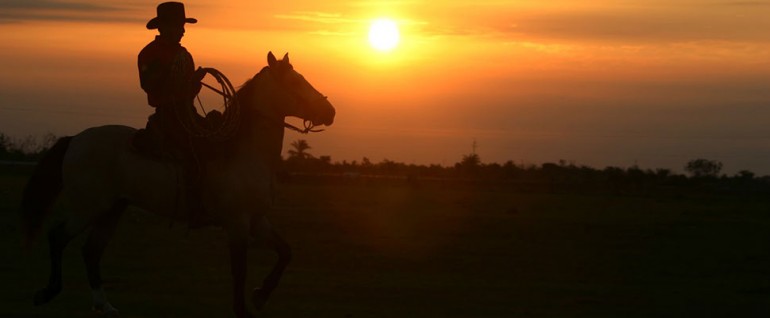Sponsored Listings:
The year 2016 was a historic year in Colombia not just because of the peace agreement, but also because it reached a record rate of foreigner tourists. In March of this year, the Colombian government announced that during 2016 the South American country received 5.092 million visits from non-natives, positioning the nation as a touristic power in South America.
Now has become the appropriate time to rediscover the country which is already well-known among travellers for its biodiversity, the kindness of its people, and privileged geography. It makes it possible for those who decide to visit Colombia to climb mountains, walk through deserts, swim in the ocean, be it the Atlantic or the Pacific, and then scape to the jungle all in a week.
Nevertheless, there are still many non-touristy places that deserves to be visited and one of those is the western part of the country, better known as Llanos Orientales. Known amid Colombians as the crude and cowboy land, the region hides a huge amount of biodiversity and adventure for those who wants to escape the popular “backpacker” route and know the history and nature of the forgotten destinations of Colombia.
In the Llanos, the costumes and culture are pretty well preserved and unique, but one of the main facts for which many tourists never get to know it is because they have no idea what the region has to offer. But, how is it that an area that has such a big potential as a touristic destination is so unknown for both local and foreigner visitors? Well, the answer is the internal war that the South American country lived through.
For many years, the region was known as a dangerous area; it was the epicentre of a war between the paramilitares, the guerrillas, and the military forces. Nowadays, and since a decade ago, this has changed giving tourist the opportunity to learn and explore the “llanero life”.
Tourists can meet the owners of the “Hato La Aurora” who are pioneers at offering tours in the Llanos Orientales. The Hato La Aurora has 17.000 hectares of extension and is at 4 hours from Yopal, the capital city of Casanare. What makes incredibly special this place is that it’s not just a farm, but a natural reserve where 350 different species of birds coexists, 8 kinds of feline, estuaries full of chigüiros, armadillos, caimans, deer, bears, monkeys, and even anacondas.

Llanero’s life is a tough life. Long work days fill the schedules of the people who work in farms and in this place, you can see what makes up the llanero’s routine. It usually starts at 5am milking cows, working with horses, and other animals. At the end of the day, you can relax enjoying some typical meal while listening to some of the workers’ stories or some music from the region; drinking beers before going to bed.
I won’t promise that you will feel like a llanero but I can assure you that you will enjoy every second of it.
Sоurсе: latinamericanpost.com










